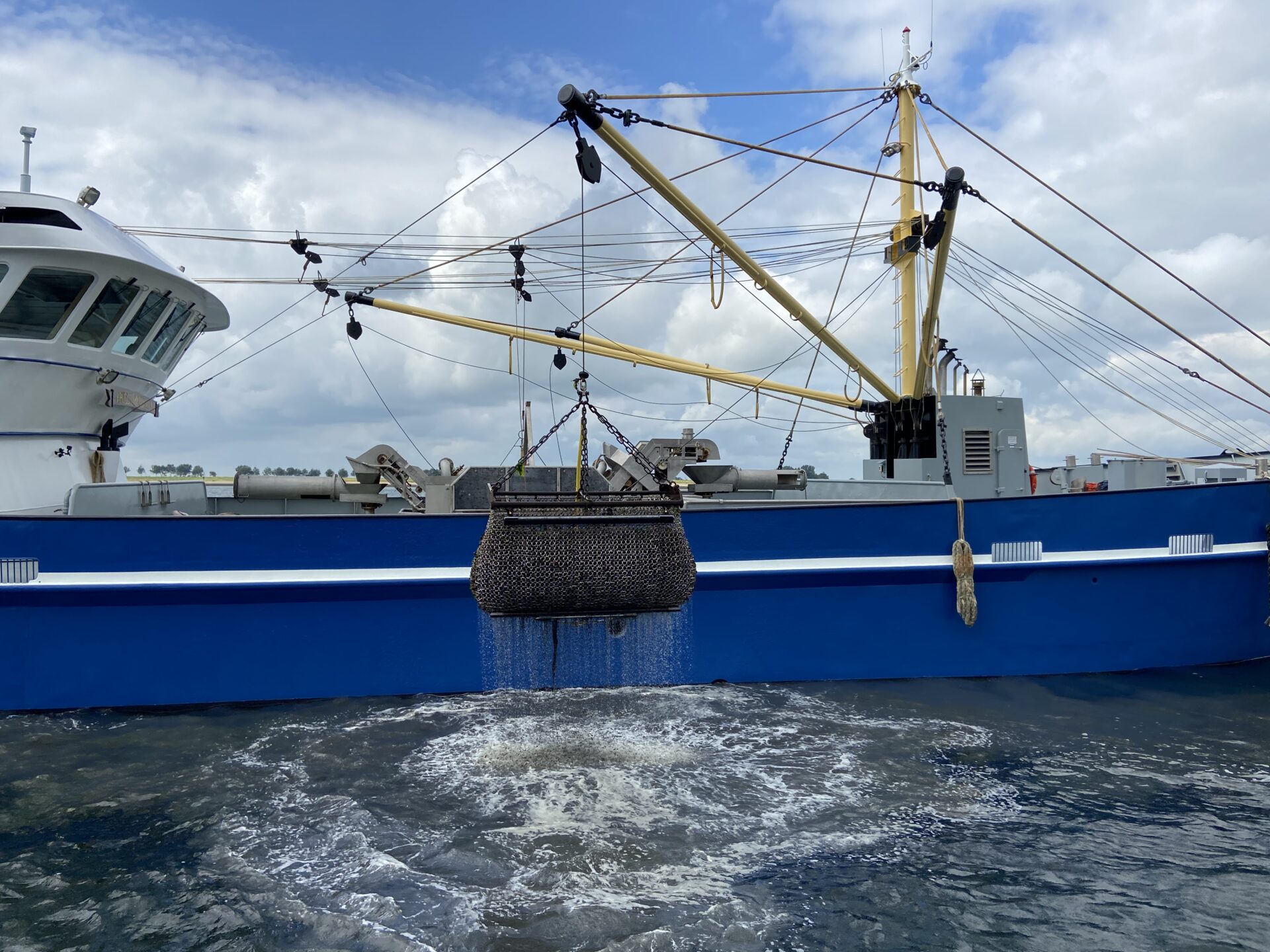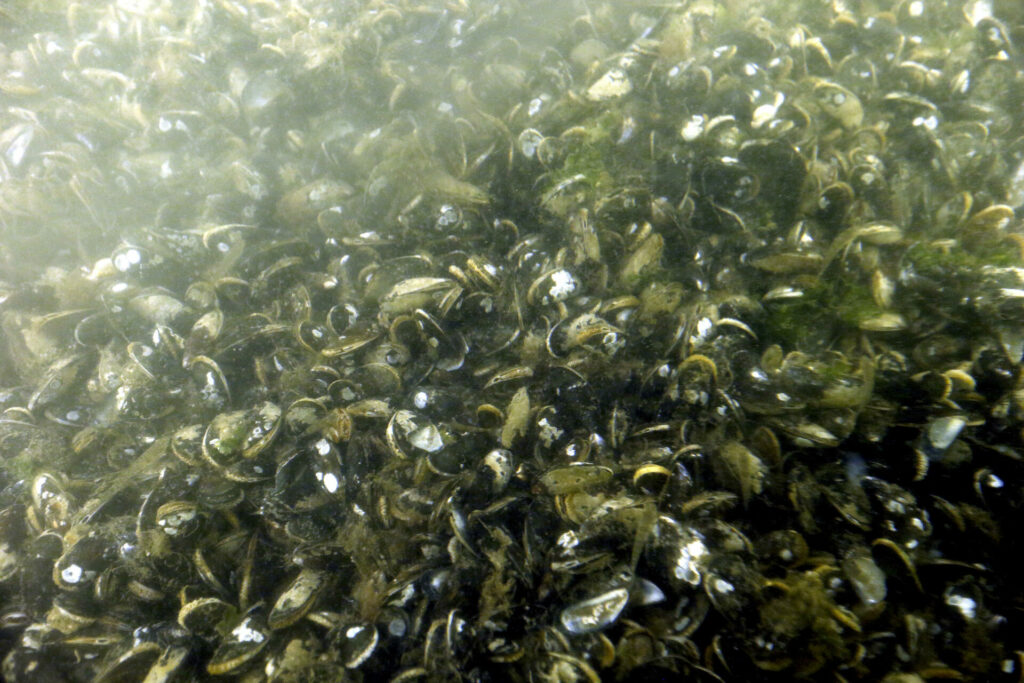In a groundbreaking achievement, mussel reefs have been successfully implemented in the North Sea to bolster coastal defences and combat flooding during severe storms.
The innovative project, spanning six years, involved the construction of a two-kilometre-long mussel reef located just off the coast of De Panne, in the North Sea. The outcome promises a brighter future for coastal regions vulnerable to the destructive forces of nature.
The North Sea coastline faces an ongoing battle against erosion and flooding, particularly during storms, which tend to strip away beach sand, exacerbating the vulnerability of the coastline. The impact extends beyond the shoreline, with the dragged sand being carried deeper into the sea, further diminishing the natural defences against surging waters.
To create these mussel reefs, an ingenious technique was deployed. Specially designed biodegradable ropes were submerged under water. These ropes provided a fertile platform for mussel growth, prompting the mussels to thrive. As they grew, the mussels became too heavy for the ropes, causing them to fall to the seabed.
Once there, the mussels not only reorganise themselves into a reef but also try to anchor themselves to the seabed, enhancing their effectiveness in mitigating erosion.

Mussel fishing is a huge business. Credit: Belga / Maarten Weynants
Speaking about this remarkable project, Alexia Semeraro, a Marine Researcher at ILVO (Institute for Agricultural, Fisheries and Food Research), explained in an interview with VRT, "Once on the ground, they can reorganise into a reef and also try to attach themselves to the seabed together. But of course, that is not so easy for them. That's why we need large quantities of mussels to make it work."
The result is an expansive mussel reef encompassing more than 200 square meters off the coast of De Panne. Tomas Sterckx, the project coordinator of the Coastbusters pilot project, expressed his satisfaction with the endeavour, spoke to VRT stating, "Yes, the test was successful. That way, we can already give a push to nature to avoid erosion. And that also has an influence higher up, on the beach and on the dunes. In short, this is how the entire beach is actually reinforced."
Natural candidates
What sets these mussel reefs apart is their resilience and self-repairing capacity. Classic sand spraying, the conventional method for combating coastal erosion, requires periodic reapplication after each significant storm. In contrast, these mussel reefs mend themselves. Once the reef becomes sufficiently robust, it can recover independently following storm damage. Additionally, these reefs contribute significantly to biodiversity and the overall marine ecosystem.
While the experiment also considered alternatives like plant species and worms, mussels emerged as the most viable candidate due to their natural inclination to settle on various sea structures. According to experts involved in the project, this innovative system has global applicability and doesn't necessitate extended timelines for implementation. As Tomas Sterckx emphasised, "Indeed, we can start immediately."
This breakthrough in mussel reef construction offers new hope for coastal communities worldwide, presenting an eco-friendly, resilient solution to the persistent challenges posed by erosion and flooding. With the success of this experiment, nature-based solutions can play a pivotal role in safeguarding our coasts from the impacts of climate change and severe weather events.

